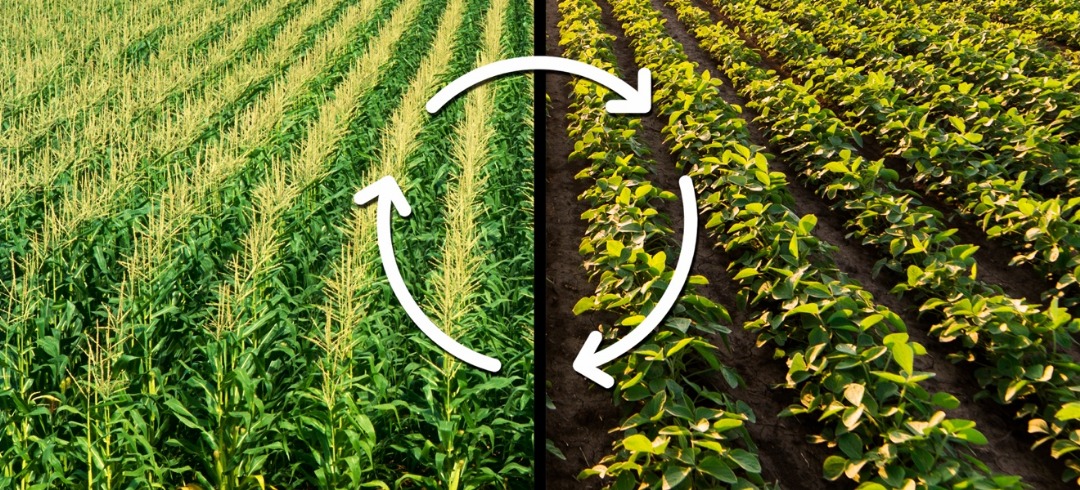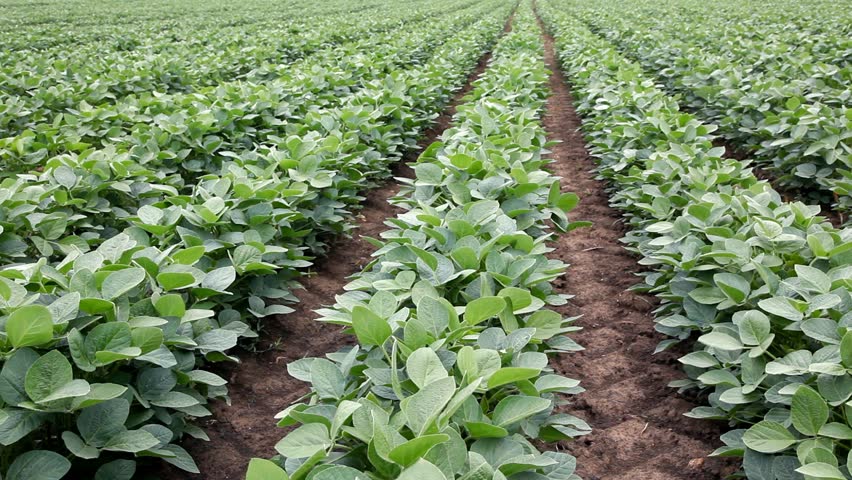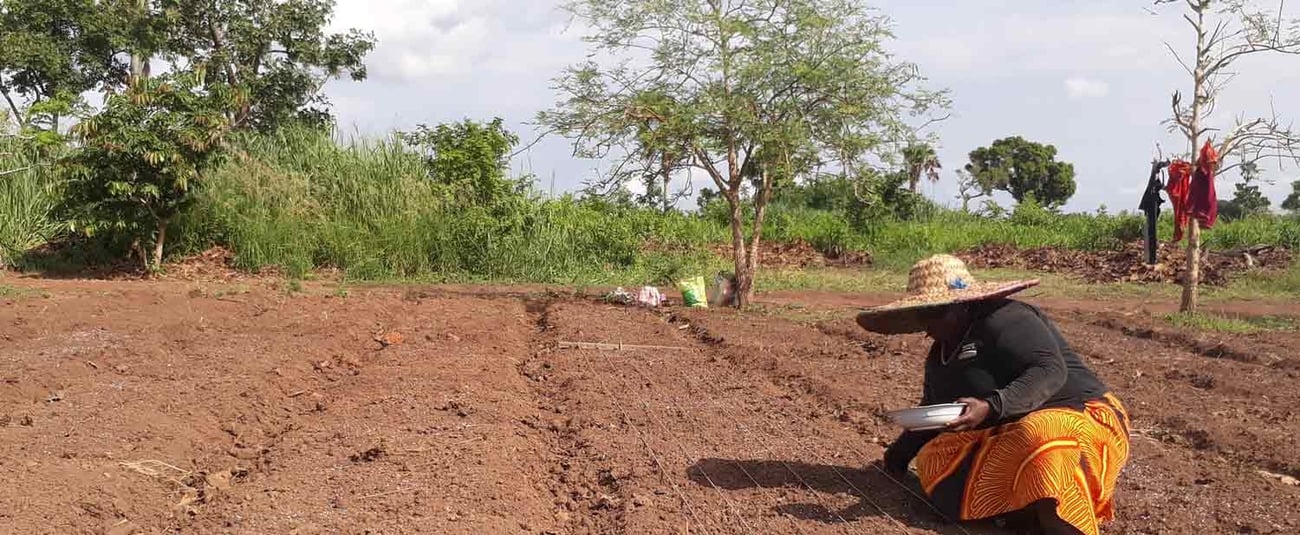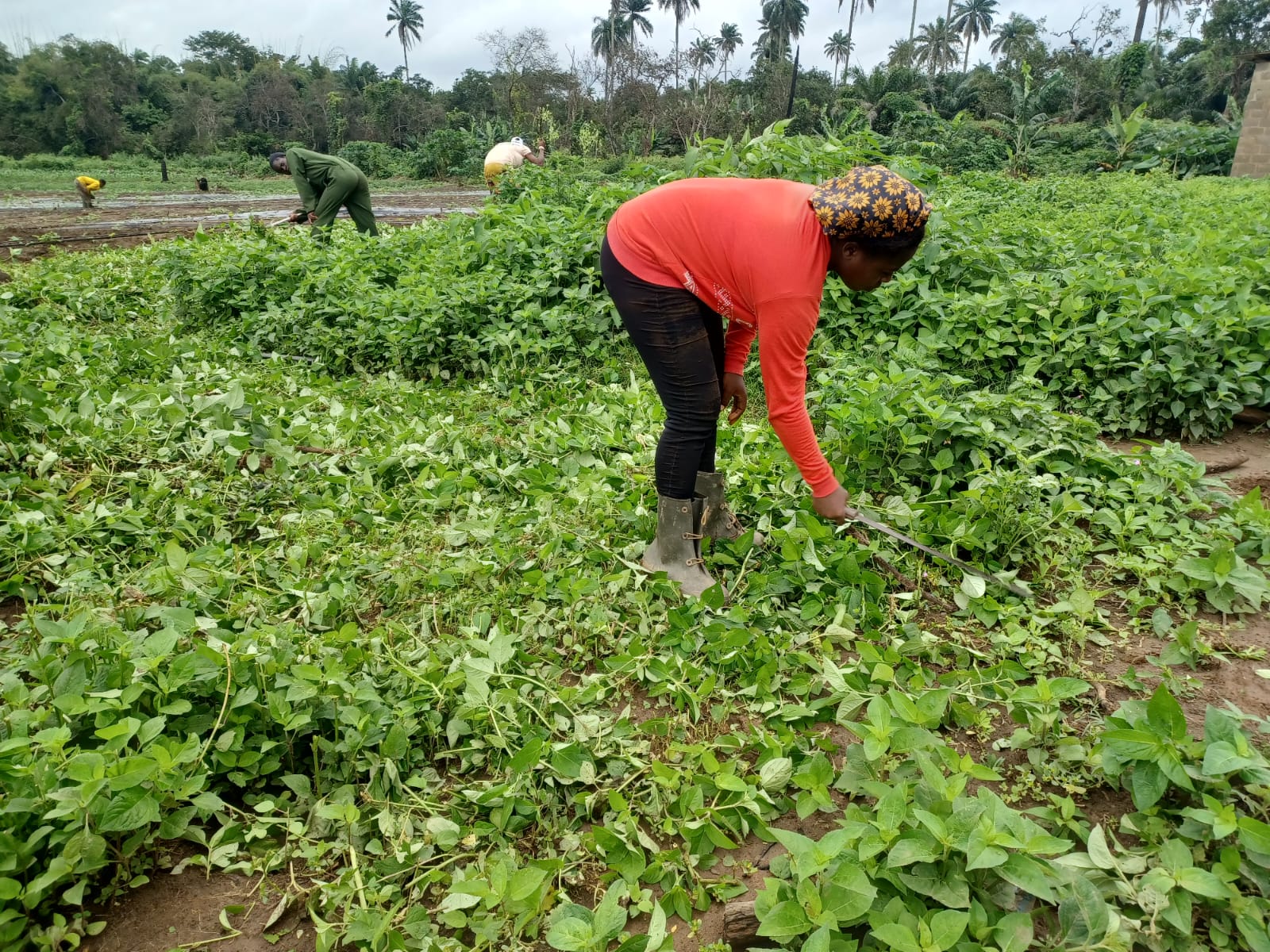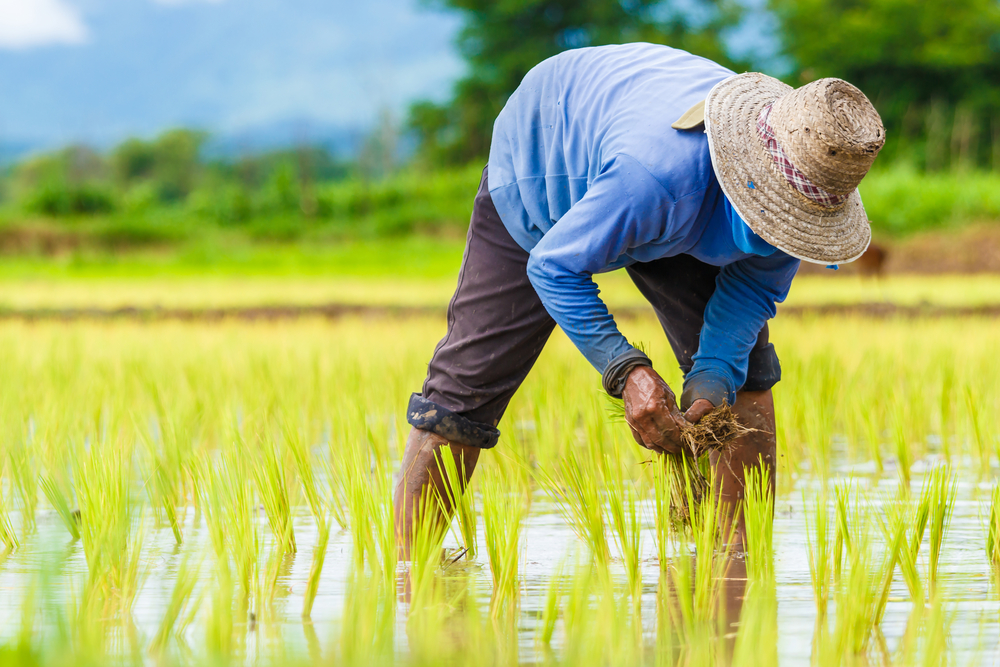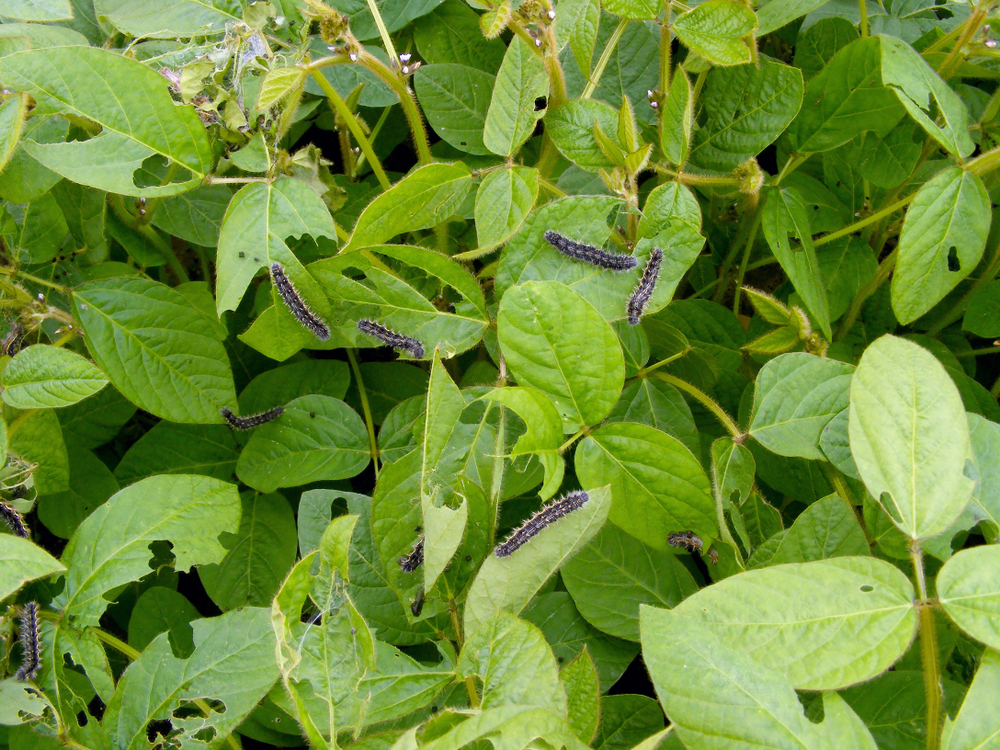Modern farming is no longer just about planting, harvesting, and repeating the cycle. The soil itself needs attention, and one of the oldest yet most effective strategies to keep it productive is crop rotation. This practice, when done right, not only improves yield but also results in healthy soil.
In this week’s blog, we break down how crop rotation improves soil health and why it should form a key part of your farming schedule.
1. Breaking Pest and Disease Cycles
When farmers grow the same crop year after year (a practice called monocropping), pests and diseases that attack that crop quickly build up in the soil. For example, if you plant maize continuously, maize stalk borers and soil-borne diseases will increase over time.
By rotating crops – say, cereals with legumes or tubers, you disrupt the cycle. Many pests and pathogens that thrive on one crop simply can’t survive when another replaces it. This natural break reduces infestations and disease pressure, meaning farmers can spend less on pesticides and enjoy healthier crops.
2. Natural Soil Fertility Boost
Different crops draw nutrients differently. Cereals consume lots of nitrogen, tubers like cassava demand potassium, and vegetables have their own nutrient needs. Rotation helps balance this usage so the soil doesn’t get exhausted. For instance, planting maize after soybean or cowpea often results in better yields because the maize benefits from the nitrogen left behind in the soil.
3. Improving Soil Structure and Organic Matter
Soil is a living system. Continuous monocropping drains it of organic matter and weakens its structure. Rotation helps restore balance. Deep-rooted crops open up the soil, improving aeration and water infiltration, while crop residues decompose into organic matter that strengthens soil texture and moisture holding capacity.
4. Preventing Soil Erosion
Rotating with crops that provide ground cover protects soil from erosion. Their canopy shields the surface from raindrop impact, while their roots hold the soil together, preserving valuable topsoil where nutrients are most concentrated.
5. Promoting Biodiversity in the Soil
Healthy soil is alive with organisms, bacteria, fungi, earthworms, and other microfauna. Crop rotation, especially with legumes, introduces different root exudates and organic materials that feed a diverse community of soil organisms. This biodiversity helps suppress harmful pathogens, enhances nutrient cycling, and keeps the soil ecosystem resilient.
Practical Crop Rotation Ideas
- Maize–Soybean Rotation: Farmers who rotate maize with soybean often see higher maize yields due to improved nitrogen and reduced disease pressure.
- Cassava–Groundnut Rotation: Cassava’s high nutrient demands are supported by groundnut’s soil-enriching effect.
- Rice–Vegetable Rotation: Upland rice rotated with tomatoes, peppers, or leafy vegetables improves soil structure and reduces rice-specific disease cycles.
- Yam–Cereal Rotation: Alternating yam with cereals helps cut down yam pests and balances nutrient use.
